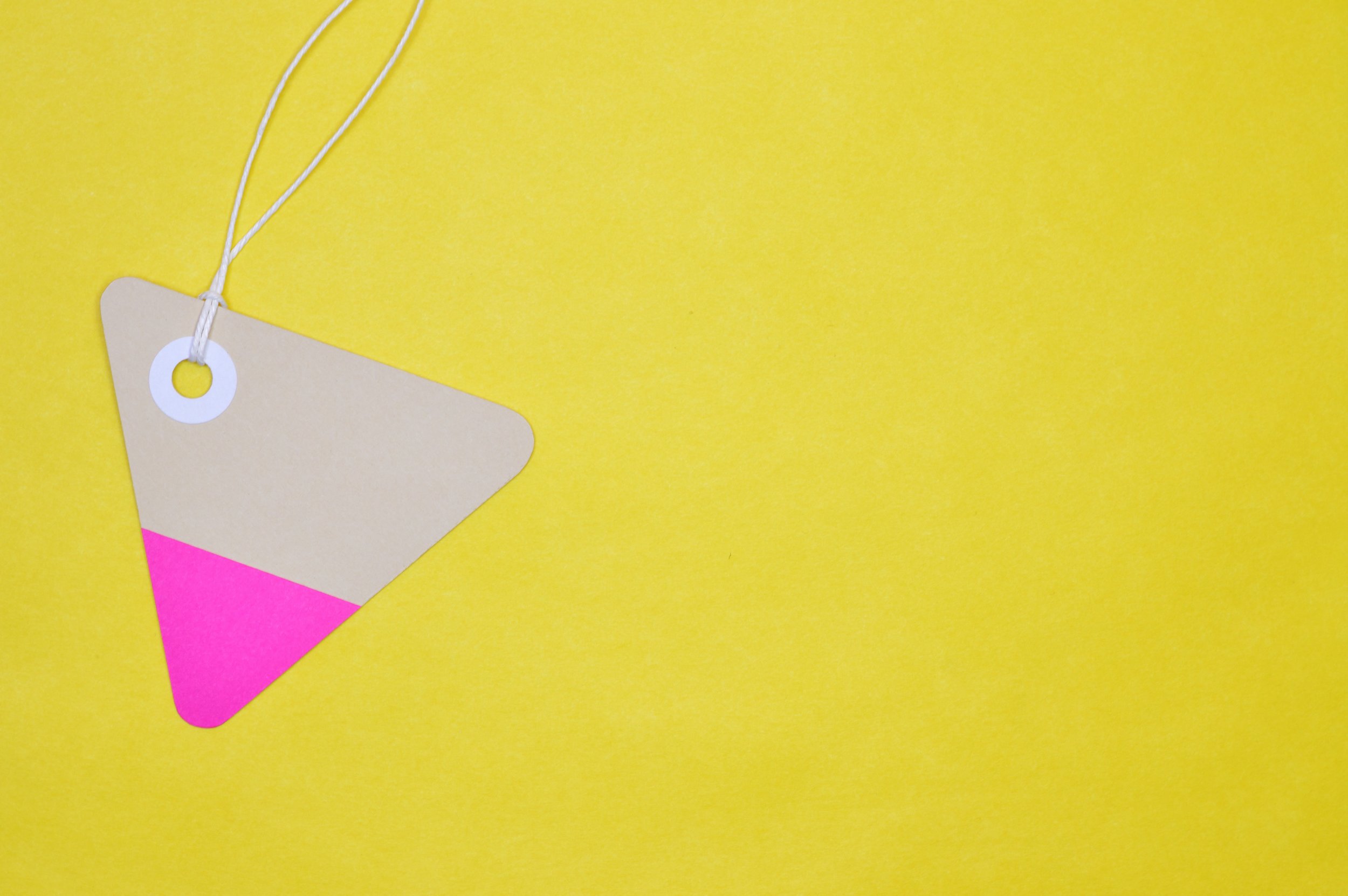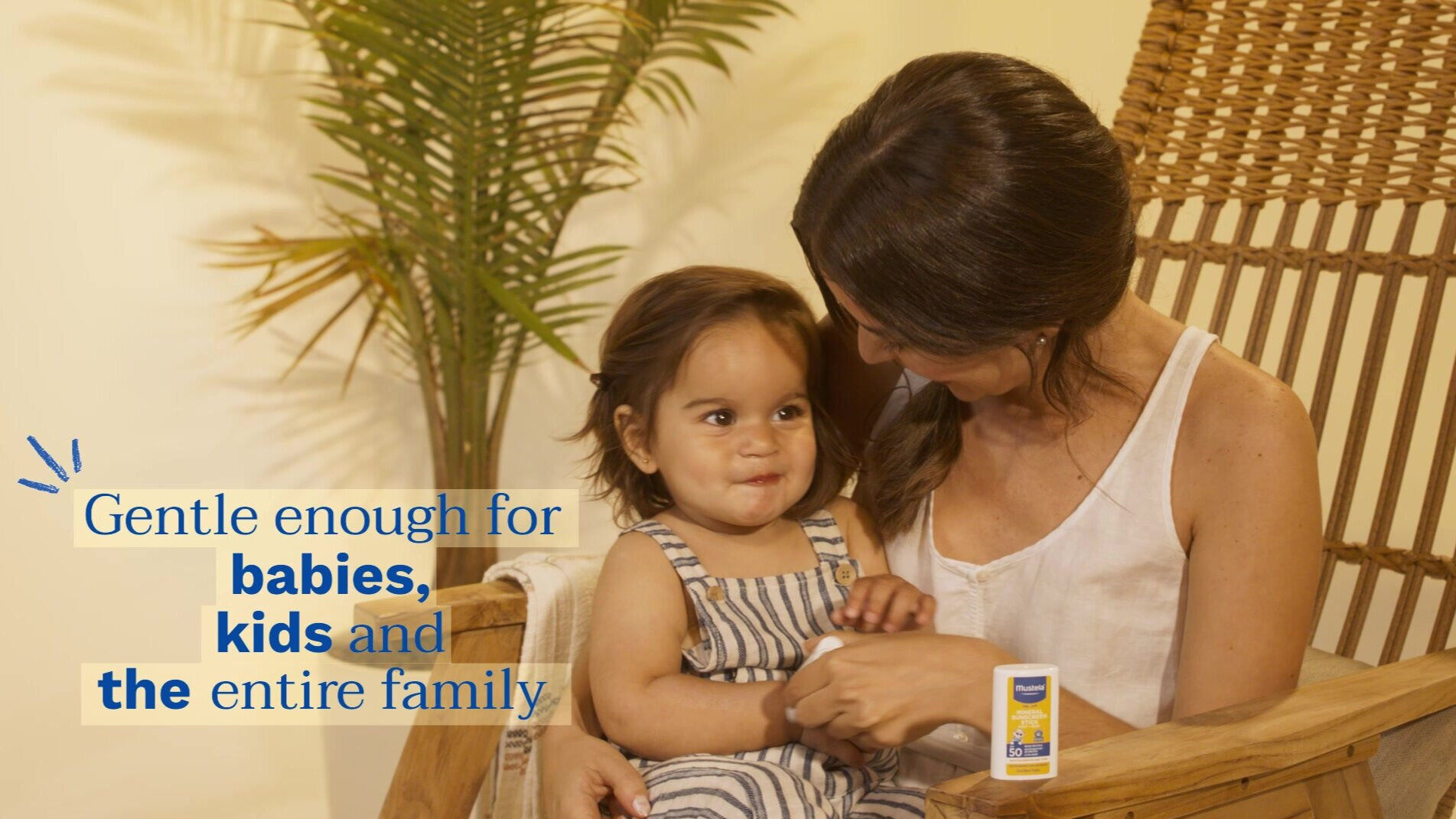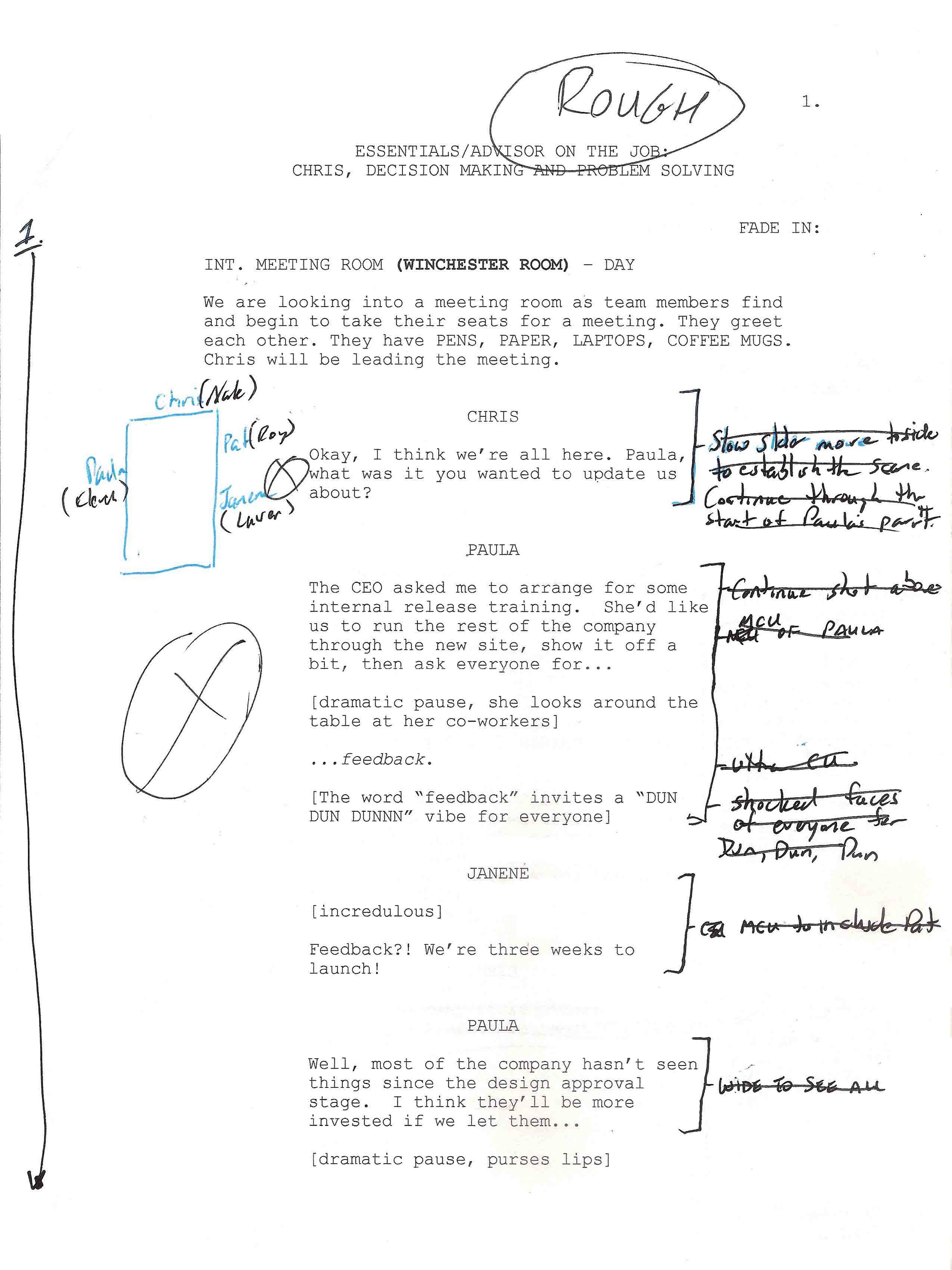
The Storyboard Media Group Blog
Benefits of Hiring an International Digital Content Agency
Uh-oh. You’re based in New York but you need an interview filmed in Paris. Or your office is in New Orleans but your product facility is in Athens and you need some film of your product. Have no fear. An agency with international experience can help pull it all together seamlessly quickly.
What is an international digital content agency?
An international digital content agency has their feet in more than one place at all times. They have teams in different places ready to go on your project at a moment’s notice. And they can be where you need to be when you can’t. For Storyboard Media Group, this means the United States and the European Union. But we don’t stop there - we’ve also filmed commercials in Asia, Canada and Greece.
What are the benefits of hiring an international agency?
Although the benefits can be a little different for large international companies and more localized brands, there are some common benefits. It’s going to depend on your brand. For example, we have clients in the fashion industry that have headquarters in the US and the EU. Sometimes they need interviews filmed in the States, and then products and talent filmed in Europe. We handle both aspects seamlessly as opposed to two separate agencies handling a project in two different place. What does all this mean?
One single point of contact - When you have filming happening in France and New York for example, having the ability to use one team provides you with a single point of contact throughout the project.
Cost-effectiveness - One large project worked on by one agency is usually more cost-effective than two different agencies working separately on the exact same project. Two separate agencies may end up producing the exact same amount of content, but at nearly double the cost.
Time savings - Let’s face it; If you work in the Los Angeles time zone, it can be difficult to communicate in a timely manner with a London or Paris team. A single point of contact can communicate with you on your time to make life a little easier.
They can be where you can’t - It’s simple. You office is in New York but you need something filmed in Lisbon. Instead of taking the time to book a flight, fly across the Atlantic, stay in a hotel and fly back to New York you can just set up normal phone meetings to follow the developments of your project. The agency can be your eyes and ears on the ground.
Cultural awareness - International agencies understand different work cultures, have unique connections and partners, where to find talent, and understand the legal situations on the ground. This covers things like getting permits, and paying talent.
Quick maneuvering - Because they’re international, these agencies are used to working intelligently and figuring out challenges before they become a problem. This saves a ton of time and headaches.
Remote check-ins and quality control - A big part of any project is giving you - the client - the ability to be as present as possible throughout the process. That means being able to pick talent, pick locations and watch as filming takes place. And all of this can be done from the comfort of your own office. Using tech we can take you on virtual location scouts, send head shots and demo reels of available talent, and let you watch remotely as filming happens on your project.
What are the steps to beginning an international project?
While the complete answer to this will depend on your specific project, here is a rough guide to what you can expect. Once you Find an agency that works in the area(s) you need to have covered:
Identify who the contacts will be for your team. For example, if you have offices in both Chicago and Madrid, and you work in Chicago, figure out who the main contact in Madrid will be for the production team.
Schedule the shoot days in all locations. Your agency can accomplish this as the connecting piece between all parties. But be ready to wake up in the middle of the night if filming needs to happen during the morning in Europe and it’s 2AM your time.
Schedule on-going check-in meetings to make sure everything stays on time and budget.
That’s it. That’s all there is to it. Of course, every project has a lot of other steps involved, but these steps listed are mostly confined to international projects.
If you’re ready to travel the world without leaving home, throw us a note. Let’s discuss how we can help you span continents for your brand seamlessly and easily.
How Video Helped A Crowdfunding Campaign
What's better than raising $80,000 dollars on crowdfunding for a new business venture? How about raising more than $105,000 for a new business venture?
Our client, maker of an amazing line of high-quality umbrellas, knew that video should be a huge part of their campaign and asked us to help with a video that shows the engineering, technology and benefits of the product.
At one time or another we’ve all forgotten or misplaced our umbrellas on a rainy day. When that happens we’ve had no choice but to dash through the wind and rain head-on, and arrive at our destination drenched, cold and looking like something the cat dragged in.
Our client knows the headache of the forgotten umbrella. And of the need to buy a cheap throwaway replacement just to make it through an afternoon and hoping the wind won’t destroy it. That’s why the CEO and Founder decided to make some of the best, if not THE best, umbrellas around. Engineered for strength, and designed for a sleek and fashionable look and feel. These are the types of umbrellas you really, really don't want to lose. And they made sure you never will with a new idea based on not so new technology.
To make sure your umbrella will always be at your side when it counts, they paired their umbrellas with a sensor that can alert you when you leave it behind. When it was time to start production on this new umbrella line, they turned to crowdfunding.
Filming took place over three afternoons at five different locations. The resulting video helped ensure their goal of was not only met, but passed by a large amount. The video, getting more than 20K views, helped to successfully raised over $105,000 with close to 1000 funders. That equals success.
TIPS FOR CROWDFUNDING WITH VIDEO
This video was a crucial component for our client’s crowdfunding success because it covered these points:
It let them know there was a real company behind the “ask” - A well-crafted video tells viewers that a real company is behind the words and pictures, and lets them know their support is going to something that is also real
It excited people, or got them to think or feel a certain way - We showed people actually using the umbrellas in ways that matched the message - showing how easy it is to pair the app and umbrella, how the app helps you remember your umbrella, how compact they are, how large they are, etc.
It set them apart from their competitors - At the time our client went live with their campaign, another umbrella company was already on the platform and asking for funding. But this video completely differentiated our client’s brand and set them far apart from the other. Part of the appeal of these umbrellas is that they're incredibly well-crafted. So we showed some of the process that is involved to make the umbrellas and explained what goes into each one. From blueprints to product shots, and from a wind test to explaining the app and proximity awareness.
It was a part of the whole - It was used in addition to a very well-developed, and well thought out whole campaign. This means that while the video was impactful, the whole campaign needs to represent the brand and the ask in order to get the funding needed.
If you need help or would just like to discuss a project you have in mind, reach out and say hello today. We are a video production and video marketing company with capabilities in both the US and EU and we're ready to help. Reach out and say hello!
What the Video Production Team Does
Get to know the team that will be working with you on your project.
Whether it requires a big team or a small, fast team we have the people you need to know to make things work.
In this picture; Director, Director of Photography, 1st Asssistant Camera, Grip, Production Assistants, Boom Op.
So, you’re new to video production, or maybe you’re just curious what a “gaffer” or a “grip” does on a shoot. Either way, we know video production terminology, and the many different job descriptions can be confusing, so let us bring some clarity.
A production team is a group of people who work together in various roles to create your video, commercial, movie, or show. When we refer to the “production team,” it includes everyone who will work on any of the technical aspects of creating your project, not including actors.
Depending on the project, the teams may be large or small and include or exclude certain team members depending on the scope and needs. Often, the budget determines the team, and some of the members can fill multiple roles. As a rule, production runs smoother and is completed quicker, with higher quality, when you have a bigger crew, but it’s a cost trade-off.
Here Are Descriptions of Video Production Roles
Producer
The Producer is the client’s primary contact and business manager. They set the strategy, goals and expectations for the production. Producers hire the production team, manage the budget and schedule, and stay involved in the project from beginning to end. This role works closely with the director.
Director
The Director is the production’s “CEO”. They are the most visible on the shoot day and they are very involved in the day-to-day details. A Director will often help assemble and manage the team, modify the script, if needed, and oversee the budget, timeline and final product. They watch all parts of the production and answer any questions or concerns as they arise.
Assistant Director (AD)
Your production could have multiple Assistant Directors depending on its size. They’ll manage the set schedule, shot list, props and assure you’re staying on script.
Scriptwriter/Screenwriter
Here’s a script with notes from the Scriptwriter, Director, DP. Looks like a mess?
This one is pretty self-explanatory, but the Scriptwriter writes and edits the script. They work to advance the story, align with the strategy and reach the desired goals for the production.
Director of Photography/Cinematographer (DP)
A Director of Photographer, or Cinematographer is the person who brings the script to life on film. This role is responsible for planning and executing the use of lighting, camera angles, colors of lights, cameras and other equipment to ensure the right mood and look is on target. They work very closely with the Director to ensure the Director’s vision is accomplished.
Camera Operator
This role reports to the DP and operators the camera and associated gear according to the DP’s direction. It includes ensuring the color, lighting, focus, exposures, and other filming aspects are adjusted accordingly. They may also have an assistant to help with cables, batteries and other duties.
Lighting Director / Gaffer
The lighting director and or gaffer work together to manage the lights and all associated components and plans. The gaffer is the electrician, while the lighting director makes decisions to achieve the right look and light placement.
Key Grip
The key grip secures lighting, cameras, microphones and anything on the set that needs to be rigged in a specific place.
Audio Technician
The audio tech manages audio recording, microphones, and monitors and adjusts audio levels.
Set Designers help plan and execute everything on set that needs to be seen in a shot. They work as part of the Art Department.
Set / Production Designer
A set designer creates the storyboards for the production, including actor placement, backgrounds and any environmental direction.
Art Director
The production designer and art director work together, creating the background elements, props, sets, and features.
Hair and Makeup (HMU)
HMU artists are the unsung heroes of film making. They make us all look good by making the talent look good. There’s an art to making sure people look good on camera and HMU knows how to bring the best out of skin complexions and hair colors.
Editor
The editor organizes and manages the filmed footage for the production and places them individually in the correct position to develop the sequence of scenes. It might seem confusing (see below) but a good editor knows the ins and outs of their editing program to make the most of the footage.
Here’s the editor’s view once the editing begins.
Production Assistant
The production assistant helps do a bunch of little things to save other staff time and keep the production running smoothly. This could include getting lunch, organizing equipment, standing in for an actor, or any number of small tasks.
Each of these roles requires a specific skill set that helps to make the production better and more cost effective in the long run. Even though your production may not include each of these roles, it’s still work that will be completed to make your project a success.
Production Design: What it is and Why You Need it
You’ve planned, you’ve scheduled time with all the right people, everyone is watching and you’re ready to start filming your video….At least, you thought you were until your actor is in place and you realize the background doesn’t fit the scene, his clothes don’t match the theme, and his coffee mug with ‘TGIF’ in large letters is not the sentiment you want.
Enter: Production Design.



Production design is a critical aspect of the video shoot that can go unnoticed until something’s wrong. But it's the component that sets the aesthetic of your story. It’s the thing that gives viewers a sense of time, place, plot and emotion – and most importantly, your brand. All without saying a word.
Some aspects of video production that fall under production design are set dressing, location, wall color, furniture, props and wardrobe. Should your video take place in a modern office? A country farm? Should your actor wear overalls? Jeans? Business casual? Should you use your brand colors and avoid those of your competitors?
Considerations like these will set the nonverbal cues of your video. As they say, a picture is worth 1,000 words and that’s truer with video than almost any other medium.
When You Need Production Design
Pre-Production
Curtains, a bed, a table, a computer, wall art, a side table. All these items were planned beforehand and were ready on the shoot day.
Production design planning must start in pre-production as soon as the script is ready. Here’s why: this is when the designer will read the script and begin planning ideas with the director and/or your team. Decisions made now will impact the budget later. In addition, projects needing more design also need more time to make sure those design items are available and in hand on the day of the shoot.
Some of the things to consider at this point are:
Build a set or find a location that works
What is the tone, mood, or theme
Will there be special effects or not
If necessary, the production designers will conduct research. They'll develop a mood board, look-book or sketches. Some projects need more research than others. If, for an extreme example, your video takes place in outer space, what do astronauts wear, what do they drink out of, and what’s in the background?
But the production designer can’t do it alone. They’ll also manage the creative team, set budgets and schedules, and ensure the video stays true to the vision.
During Production
Some production design is simple. In this case, our client’s brand colors were white, green and yellow. Small items in the background along with a green wall made sure we adhered to their brand guidelines.
The production designer will manage the video production team and ensure the set, wardrobe and props are correct. They’ll be available for questions and to fix any unforeseen issues that may arise.
They’ll also prepare the team and the set for any changes or construction coming up the next day.
Production Design and Budget
Like any creative project, things don’t always go as planned. As a result, a production designer must develop quick solutions on set while ensuring the team stays motivated and productive. The decisions they make will take time and money in labor and materials. Their choices will impact the timeline, and that can affect the entire production.
In summary
Your locations, sets, costumes, lights, etc., all work together to create a world on screen. Imagine if Harry Potter took place in a modern high school instead of a mythical land. What would be different? Clothing, locations, hairstyles, makeup, modern props vs. old props, etc. Having a fantastic script, cast and crew won’t be enough if the production design doesn’t tell the right story.
Production design is a critical component in storytelling. Your approach to the visual details, such as interior, exterior, location, animations, etc., will create the mood that tells us the video is in an office, on a farm, in the desert, or on the moon.
Good production design is just one piece in a successful ad campaign, but it’s also one of the most important. Unfortunately, it’s overlooked far too often. Ensure the success of your project from the start and keep production design in mind.
How to Create A Video Production Budget
In today’s world of marketing, having video content is no longer an option. Videos help you build your brand, capture leads, and gain customers. But how do you budget for it? In this post we help you understand the things you need to think about in order to understand how much your video content will cost.
In today’s marketing, having video content is no longer an option. Videos help you build your brand, capture leads, and gain customers. But how do you budget for it?
The first question marketers have about video is, “how much will it cost?” Unfortunately, because every video is different, there’s no easy answer. But there are guidelines to help you figure out how to budget for your specific video production.
When budgeting for all the creative assets your brand needs, the best approach is to start with the tactic that will bring you the best return. Today, that's video. Divide the rest of the budget up for other outlets.
So how much should you allocate for your video production budget?
A study by Magisto reported that most businesses spend more than 25 percent of their marketing budget on video. This is a good baseline for anyone.
To determine how much your video production will cost, consider these factors.
Strategy
Determine your goals. Are you looking to raise awareness with commercial production, improve engagement with animation, raise investment capital with a personalized message, or earn more conversions with a demonstration? Knowing your goal will help you decide which type of video you need.
The type of video you need determines the assets, equipment and skill set required to make the video. Animation and special effects can require designers, artists and animators. A demonstration video may need an actor or actors, voice over artist and a lot of planning. Commercial productions may need actors, locations, vehicle rentals and more.
The quality of your video content will have an impact on your budget as well. Do you want the cheapest actor available, or someone with experience? Do you need a beautiful location, or a simple office in your building? If you’re creating an animated explainer video do you want readily available template graphics or custom, personalized graphics?
Where you’ll use the video determines the format(s) and, to some extent, the length it will be. You should know beforehand if your video will be seen on YouTube, Vimeo, Instagram, television, social media, etc. Different video platforms have different requirements for video. In addition, if you plan to use your video on multiple platforms, the multiple formats and various cuts required may require additional work that will increase the cost. And generally speaking, longer videos cost more.
Once you have the strategy, move on to the creative assets by determining what you already have on-hand to give the production team (images, previous video content, style guide, branding elements, etc.), what assets the production team will need to create themselves, and how soon you need your video.
When making these decisions remember the axiom: “Fast, Cheap, and Good… pick two. If it’s fast and cheap, it won’t be good.”
The script
The script for your video can be a good indicator of how involved your video production will be. Generally speaking, the more complex the script is (one interview with a team member vs. having multiple actors, filming in your office vs. needing a location) the more the video will cost to produce.
To determine the cost of your video, do what a video producer does and break the script down scene by scene. Identify all the elements that could add to the cost. Consider the actors, the location, the amount and type of graphics you envision, locations or special effects.
Do you already have footage, or must it all be filmed or created in the studio? If you want something in the video, it must come from somewhere.
In conclusion
The cost of your video production is in all these details. Once you have an idea of everything you need, the price will start to become apparent. Try to keep that cost to about 25% of your total budget and you’ll be on track for a successful project.
https://www.magisto.com/reports/video-market-size#:~:text=The%20new%20rules%20of%20engagement%20%2D%20Belonging&text=Video%20marketing%20already%20dominates%20marketing,instead%20of%20hiring%20ad%20agencies.












